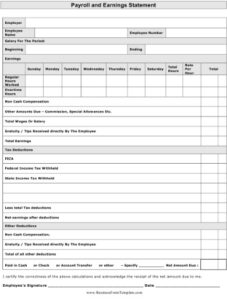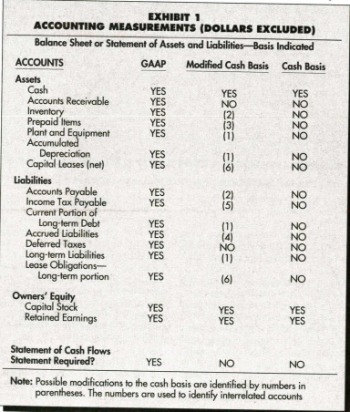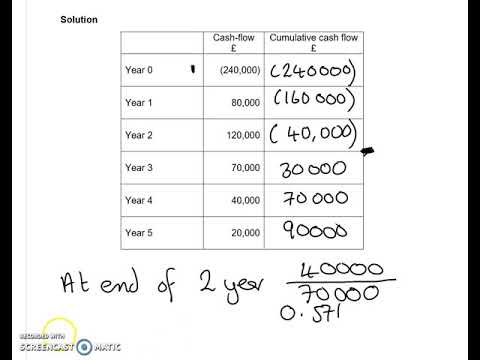
It can be helpful to conduct weekly reconciliation (and consider it as a subcategory of monthly bookkeeping). This not only prevents errors but saves firms precious time at the end of the month. On a monthly basis, there are a few key bookkeeping processes that what is an intangible asset definition and type 2023 need to be executed for your small business clients. Nothing keeps an accounting firm more unified and productive than a clear set of repeatable tasks. A monthly bookkeeping checklist is more than a to-do list; it forms a critical part of your firm’s foundation.
Other Month-End Close Factors to Consider
Review accounts receivable to see if there are invoices you’ve sent that haven’t been paid. If it’s past 30 days (or 60) you know to send out another invoice and ask the client to settle their account. Even if you don’t pay your staff on a weekly basis, it’s a best practice to review the time sheets every week. If nothing else, this pushes your employees to submit them every week. The longer they delay the task—they may hate paperwork just like you do—the worse their memory gets. Tracking their time can also alert you if, say, your team is running up a lot of overtime.

Record and categorize expenses.
Project planners like a Gantt chart can be a great way to keep track of inventory and help allocate resources. Properly maintaining your books is a critical part of running a business. Access to the financial status of your company can help you make better decisions and keep an eye on whether you’re progressing toward your goals. This is one of your key reports for itemizing what the company owes and owns.
- This can be achieved through regular team meetings, progress reports, and status updates.
- To maintain accurate financial records for tax reporting and performance analysis, you’ll need proof of what you spend on your business.
- HighRadius’ Record to Report solution can help your business make the month-end closing process faster, smoother, and error-free.
- The idea is to look for any material variances between the two months.
- Whether you have a seasoned or new business, brick and mortar shop, or online store, you need to handle numerous monthly accounting tasks.
- You’re going to want to pay special attention to these metrics as you close the books each month.
Personal car for business use: How does it work?
Having a cash flow statement on hand can make tracking your projected cash flow easier as it details your business’s income statement, balance sheet, and statement of cash flows. From that, you can estimate how much you will receive or have to pay during the next week or month. What to do daily, weekly, monthly, and quarterly to stay on top of your finances for an easier year-end close. Drawing up an accounting daily task checklist—and lists for weekly, monthly and quarterly tasks—requires some up-front work, but it pays off in the long run. Once you have an accounting checklist in place, you don’t have to think about what you need to do. Sit down, attack the different items on the list, and don’t stop until they’re done.
Intuit Inc. does not have any responsibility for updating or revising any information presented herein. Accordingly, the information provided should not be relied upon as a substitute for independent research. Intuit Inc. does not warrant that the material contained herein will continue to be accurate nor that it is completely free of errors when published. While you’re at it, you’ll identify trouble spots and make adjustments to improve sales and margins. Your profit and loss statement (also known as P&L or an income statement), both for the current month and year-to-date, tells you how much you earned and how much you spent.


The essence of a successful month-end close lies in its preparation, execution, and analysis. It’s about setting the right foundation, ensuring a smooth sail, and learning from the voyage to enhance future journeys. They aid in budgeting, financial planning, and forecasting, enabling your company to make well-informed financial decisions. Plus, what’s even better, these numbers provide a benchmark against which your company’s future financial performance can be measured. Adhering to prevailing accounting standards and regulatory requirements is imperative.
However, come audit season, they’ll likely spend hours each day trying to identify and resolve accounting or inventory management discrepancies. Keeping a record of all accounting data for future reference is critical to all businesses. Hence, don’t forget to add -‘backing up of important information’ into your year-end checklist. Adopt a reliable backup system that will protect your important accounting information on your phone or computer. You can also use cloud backup which will enable your company to send a copy of your backed-up data to another location in case the system is compromised. With the help of cloud backup, you can also restore information and get protected against IT crises such as cyberattacks or other disasters.
It can be a challenging and time-consuming task for any accounting team. To overcome the common struggles that arise during year-end closing, it’s essential to have a clear plan in place. Fortunately, we have created a checklist for you to make the process easier.
Comparing one date against another on your balance sheet – month over month, for example – will help you identify any dramatic ups and downs. Be sure to verify your States regulations as each State mandates different sales tax requirements. Most jurisdictions require that tax returns be filed, and liabilities be paid, on a monthly or quarterly basis. Filing is a relatively simple process; however, it’s https://www.simple-accounting.org/contractor-or-employee-time-to-get-it-right/ always a good idea to consult with your accountant regarding tax issues. The following checklist lays out a recommended timeline to take care of the accounting functions that will keep you attuned to the state of your business and streamline your tax preparation. Read through for in-depth coverage of your required tasks, or skip to the end to see a handy infographic to use as a visual checklist.
This month end checklist helps you gather the information you need before your monthly close date. As such, it’s a good idea to ask somebody who didn’t prepare your accounts to take a look at them. Have this person check all financial statements, as well as your general ledger.
Some common tax planning strategies include contributing to retirement accounts, taking advantage of tax deductions and credits, and timing income and expenses. SpendControl is an all-in-one financial management solution that facilitates expense management and invoice processing automation. Klippa’s software solution is capable of optimizing and streamlining your accounting https://www.quick-bookkeeping.net/ and financial processes for the year-end close. Enjoy a fully automated and digital process for submitting, authorizing, and processing expenses using both web and mobile applications. For example, ask where you can implement automation software to speed up your processes. Finally, implement processes to ensure your accounting and finance teams have what they need.